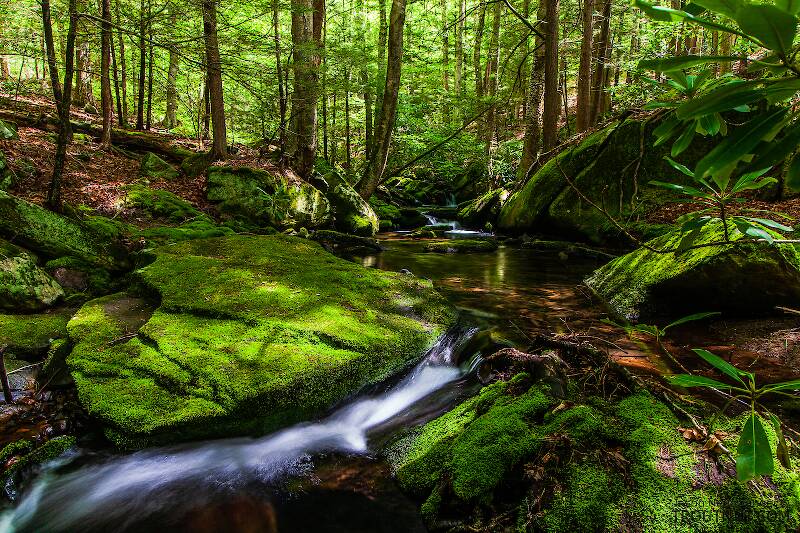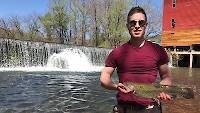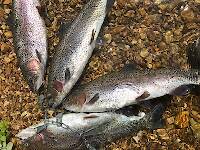
Salmonflies
Pteronarcys californica
The giant Salmonflies of the Western mountains are legendary for their proclivity to elicit consistent dry-fly action and ferocious strikes.
Featured on the forum

This one pretty clearly keys to Kogotus, but it also looks fairly different from specimens I caught in the same creek about a month later in the year. With only one species of the genus known in Washington, I'm not sure about the answer to this ID.

Troutnut is a project started in 2003 by salmonid ecologist Jason "Troutnut" Neuswanger to help anglers and
fly tyers unabashedly embrace the entomological side of the sport. Learn more about Troutnut or
support the project for an enhanced experience here.
Report at a Glance
| General Region | Lancaster County, PA |
| Specific Location | Off of Rte 441 |
| Dates Fished | May 05 |
| Time of Day | 12:30 - 4:30 |
Details and Discussion
Wbranch on May 6, 2011May 6th, 2011, 8:11 pm EDT
Parked at the lower end near the concrete bridge and fished my way upstream to about 50 yards below the quarry. Fished from 12:30 - 4:30. Saw good numbers of Ep. invaria but not a single rise, also saw some caddis. Landed a dozen, six pretty and colorful rainbows and six browns of which four looked wild. Two of them had to be stream born as they were only 4" - 5" long. Caught all the fish on either a #12 BH Green Weenie or a #16 copper Copper John with a poxy wing case. Weather was quite windy and a little chilly. Virtualy all the fish were caught in the riffly water - no hits or fish in the slow water. Lots of wood in the water and snags on underwater branches happen frequently. All the rainbows were between 10" and 12", fun afternoon but stream is still best fished with as little wading as possible to keep downstream silting to a minimum.
Catskill fly fisher for fifty-five years.
Martinlf on May 8, 2011May 8th, 2011, 5:54 pm EDT
Some of the rainbows in that stream are wild also. I haven't fished it much in recent years, but was out last fall teaching a colleague to fish and we caught several wild bows as well as some wild browns. Plenty of stocked fish in Donegal, but some reproduction too!
"He spread them a yard and a half. 'And every one that got away is this big.'"
--Fred Chappell
--Fred Chappell
Wbranch on May 8, 2011May 8th, 2011, 6:32 pm EDT
The rainbows didn't look like any PFBC rainbows I've ever caught. I wish I'd taken a picture of one of them to post. They all appeared to be females as they had small mouths but they were only 10" - 11" anyway so maybe the mouth structure is the same for both sexes at that size. The red stipe was very evident. It is bright red and about 3/4" wide. Is Donegal stocked with any coop fish or private hatchery fish? That might explain the appearance of these rainbows.
BTW I see Louis had a letter to the eidtor published in the most recent issue of FFM.
Here is a picture of a rainbow with the colors of the Donegal fish the only difference is this fish is 20".
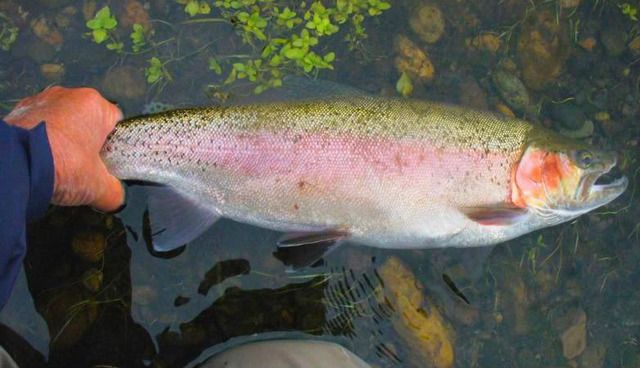
BTW I see Louis had a letter to the eidtor published in the most recent issue of FFM.
Here is a picture of a rainbow with the colors of the Donegal fish the only difference is this fish is 20".

Catskill fly fisher for fifty-five years.
Quick Reply
Related Discussions
Topic
Replies
Last Reply
6
Nov 15, 2008
by GONZO
by GONZO
6
Jun 5, 2018
by Jmd123
by Jmd123
They're STILL eating my hoppers! Plus, a very large minnow... 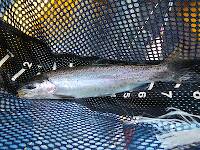
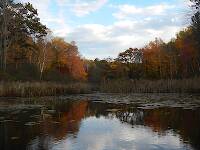
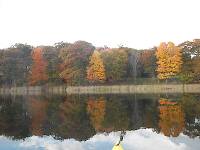
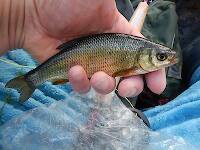
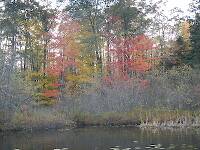
In the Photography Board by Jmd123
+ 1





In the Photography Board by Jmd123
0
Oct 23, 2016
by Jmd123
by Jmd123

